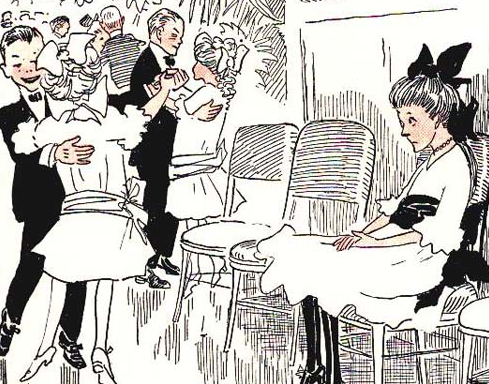(Prologue: I’ve got first-hand experience that a real understanding of the laws of karma can substantially change our lives for the better. I created this weblog to share information and personal experience with others. May it be of benefit!)

To further demonstrate the 12 factors (links) that create and maintain our karmic stream, I’m going to use a true situation as described by author Ann Rule in her book Too Late to Say Goodbye .
All lives, no matter how prosaic, have their secrets, and we never know what is actually going on in even our closest friends’ worlds. Jennifer Corbin was no different. Her involvement with someone outside her marriage began quite innocently.
In the spring of 2004, Christopher and Jenn meet on Sony PlayStation’s game called Everquest. Jenn plays a Wizard called “wizwiz148.” Her online partner signs on as “sirtank1223.”
A few weeks before Jenn Corbin is murdered, she discovers that her virtual lover “Christopher” is in fact another woman whose real name is Anita Hearn. Anita is the last person to speak to Jenn Corbin in the early morning of December 04, 2004, the day she, Jenn, dies.

Her husband Dr. Bart Corbin, not realizing that Christopher is in fact a woman, has discovered steamy emails between his wife and “Christopher” and thinks his wife is involved in an affair. He murders her while their two young sons sleep in their beds.

